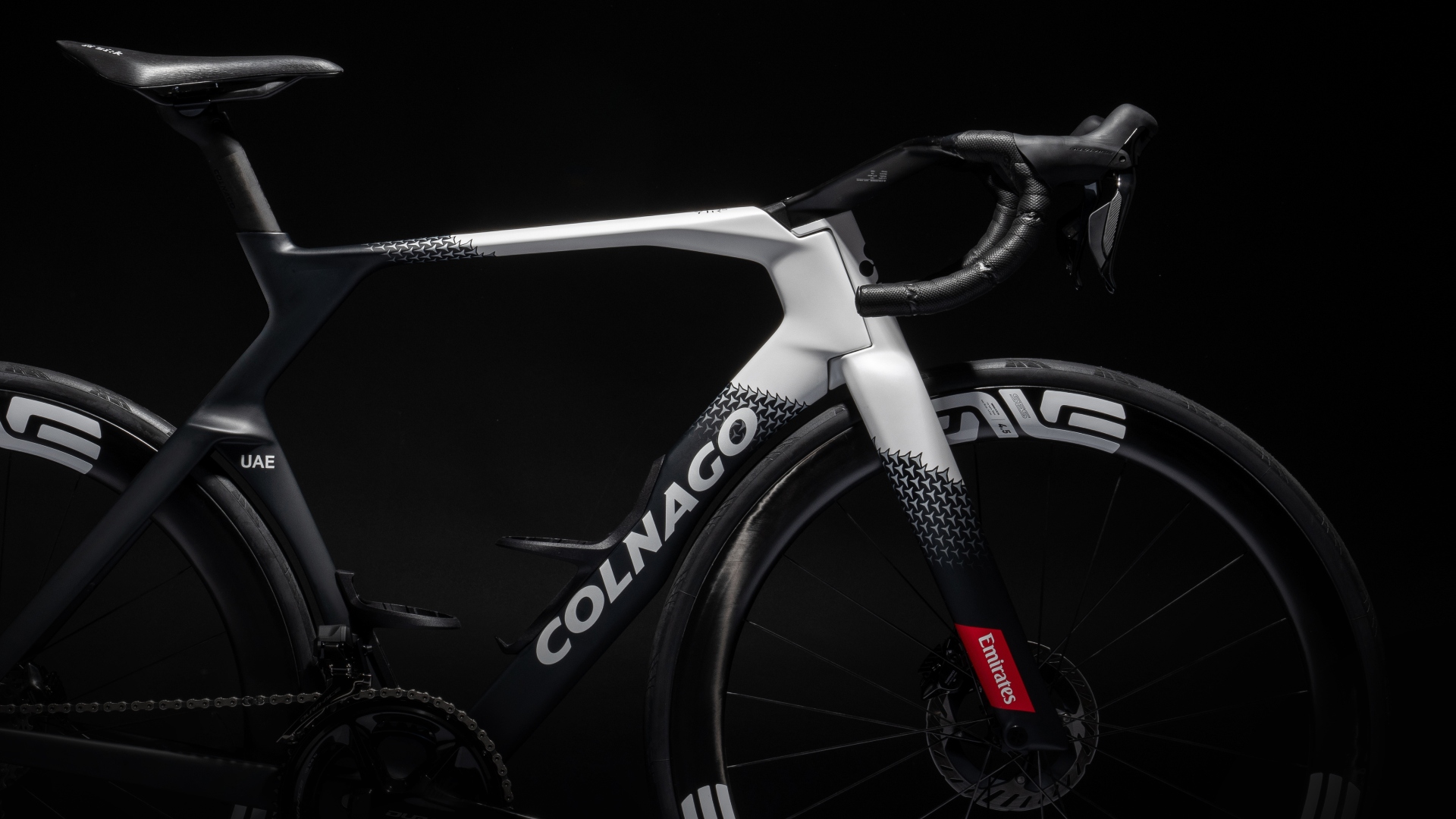
If we were to rewind only six months, it would appear that there was a consensus developing that one race bike might be all you need. That’s not to say that dedicated aero or climbing models no longer existed, but the merging of the two bikes into one had gained significant support.
The result saw that a portion of the WorldTour teams were doing all their racing, bar time trials, on a single bike. Think the Specialized Tarmac SL8 which, like its predecessor the SL7, made the US brand’s aero machine, the Venge, obsolete. Or Trek’s latest Madone, which used developments in frame technology to slim down, yet still remain aerodynamically efficient, thus rendering its lightweight Émonda superfluous.
But the bike industry is nothing if not fluid, and like the weather in some parts, if you stick around for a second, it’s likely to change. As it appears to be the case with aero race bikes.
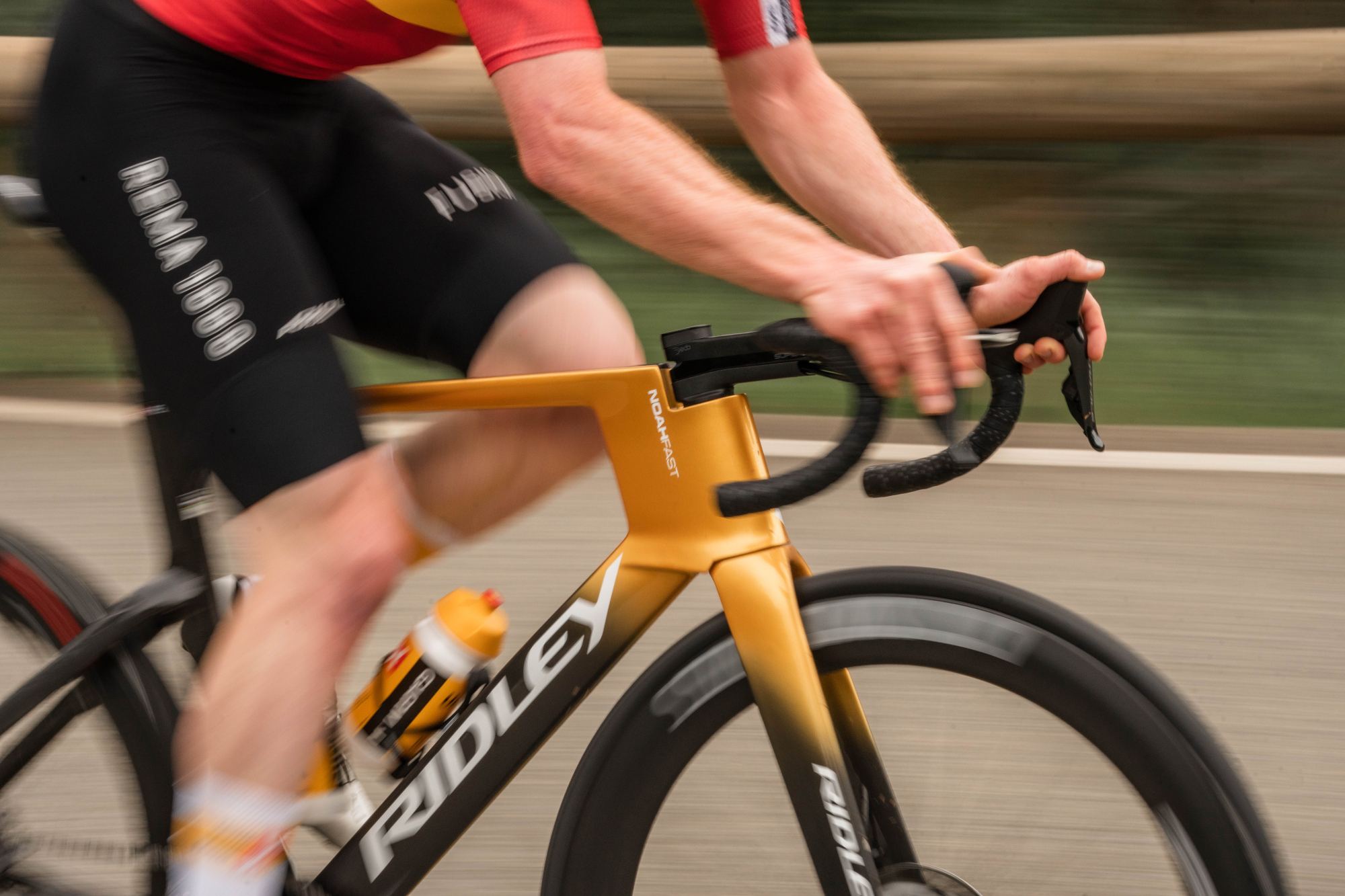
In just a few short weeks we’ve seen the release of three prominent aero bikes, all of which will be raced this year at the highest level - the Colnago Y1Rs, the Van Rysel RCR-F and the Ridley Noah Fast.
The first two are of particular interest when you consider that Colnago hadn’t had an aero bike in its lineup for many years, with the UAE Team riding to glory on the VR4s, and the AGR2 team using the Van Rysel RCR as its standalone ‘day to day’ bike throughout 2024. Were these new additions at the behest of the riders, or did both brands see the lack of an aero bike as a gap that required filling?
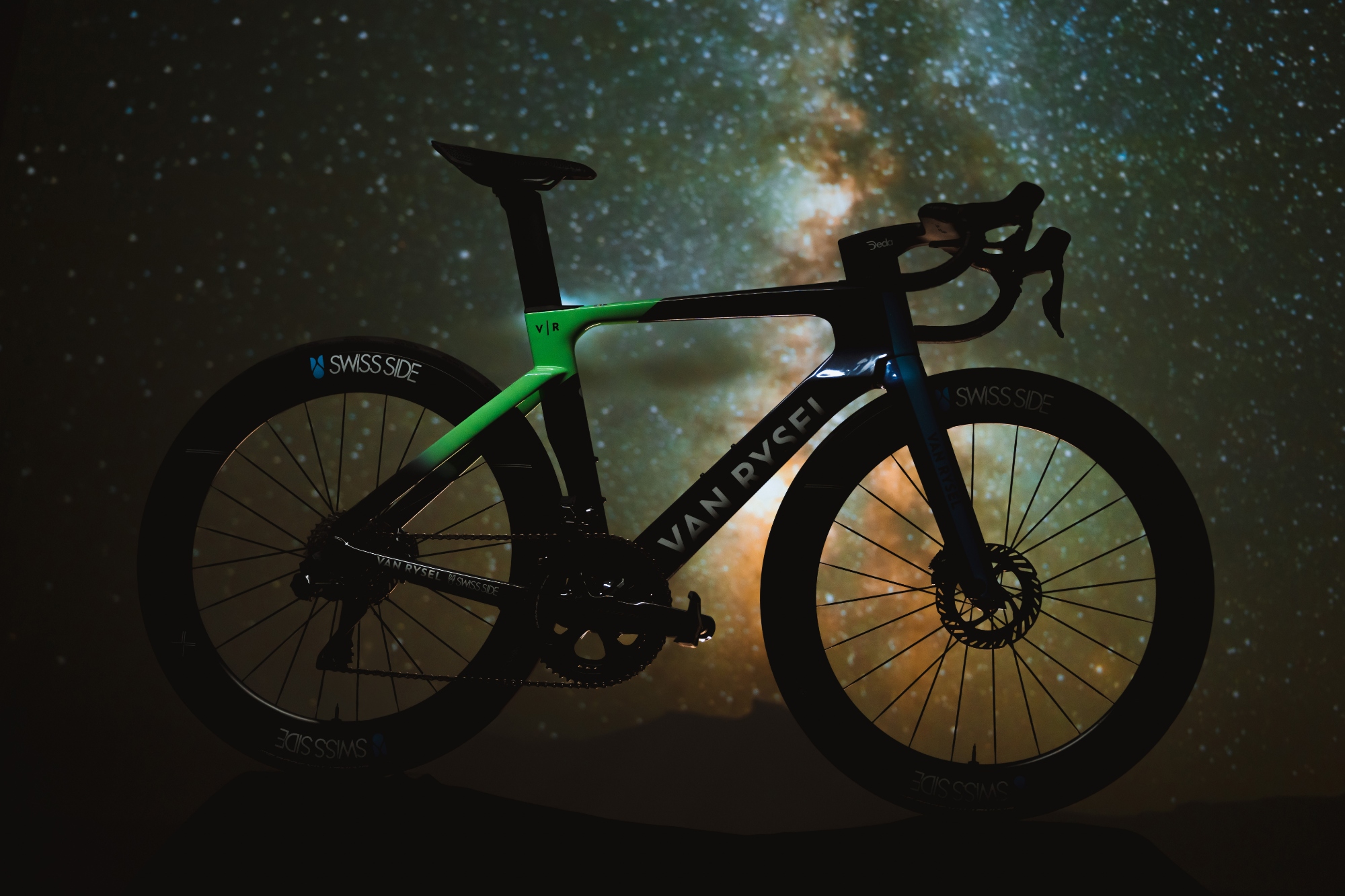
“We haven’t had an aero bike in our range since 2016 because, up until now, we haven’t found a significant benefit in performance over a bike like the V4Rs,” said Davide Fumagalli, Head of R&D at Colnago.
So what changed? The rules to be precise.
“With the change in two UCI rules we recognised the opportunity to create a bike that is substantially better,” he said.
The ‘3:1’ ratio rule that previously required tube shapes and components, such as bars and stems, to be no more than three times longer than their width, was dropped. It was replaced in 2023 with a minimum and maximum of 10mm and 80mm respectively; so the tops of a pair of bars or a down tube can now be as much as 8cm deep if they are 1cm thick.
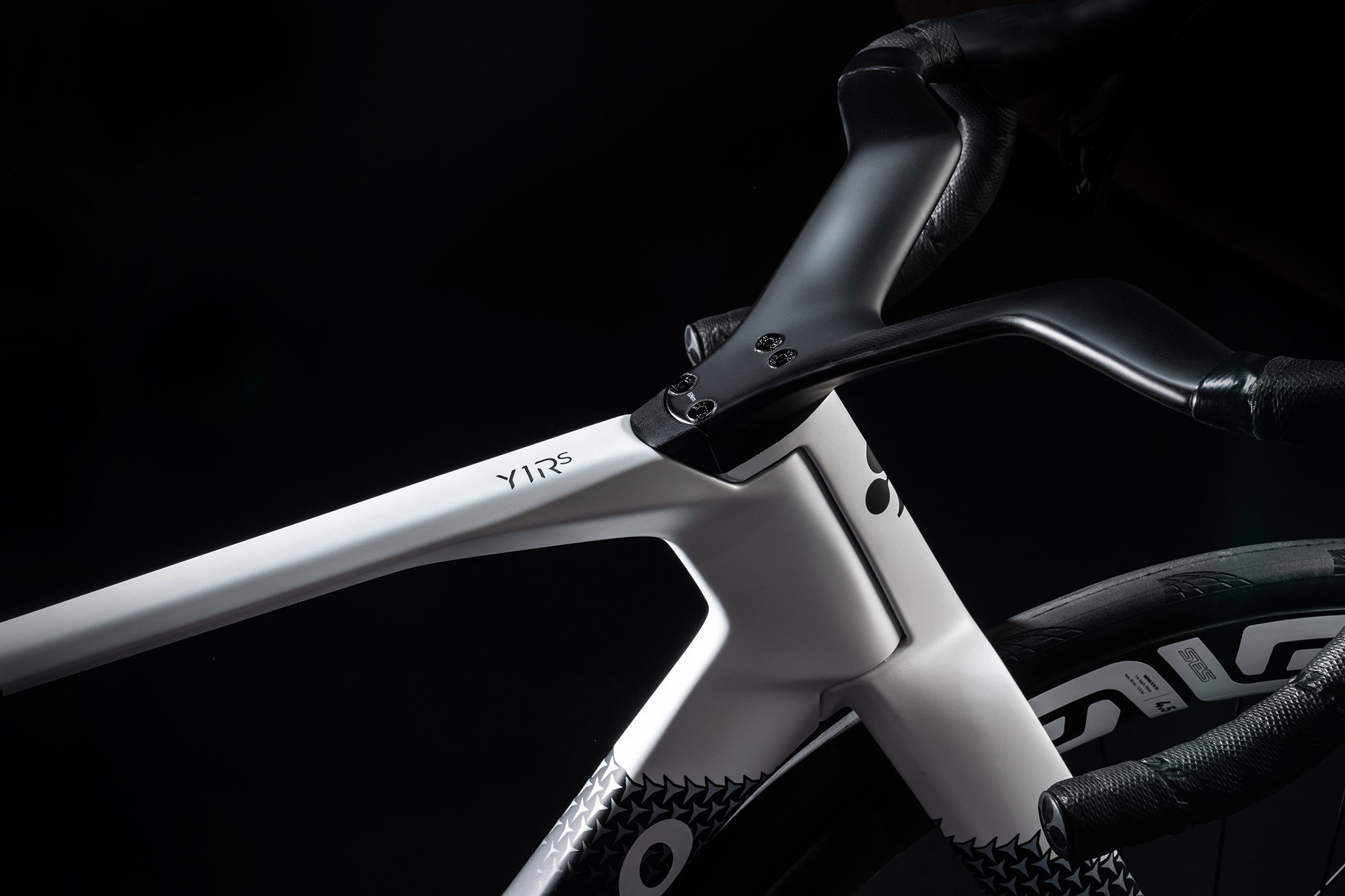
The change has allowed designers to experiment with far more streamlined shapes than before, as evident in the CC. Y1 cockpit that was designed exclusively alongside the Y1Rs. The deep, aero tops are part of a gull-wing shape that makes for a small frontal area, which Colnago says allows for effective airflow around the bike.
Then there’s the rule change that now allows for a seat tube to be placed anywhere along the top tube. Fumagali says this allowed them to make the Y1Rs far more forgiving than aero bikes of old but without compromising either the lateral or torsional stiffness of the frame.
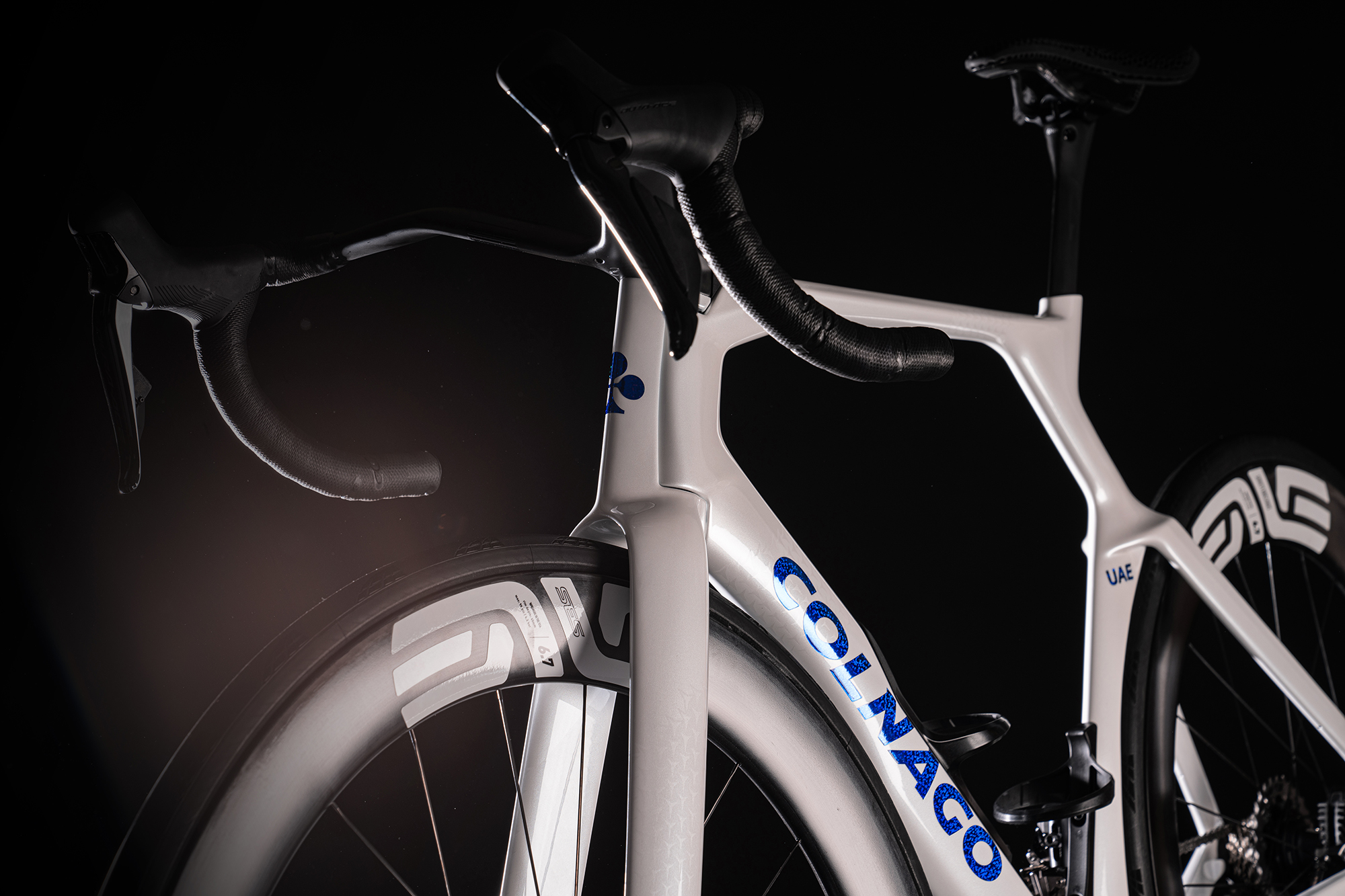
“Placing the seatpost where we did gives more space for airflow to reattach to the bike,” he added.
Van Rysel is more tightlipped about its RCR-F given that the official release date might be as late as April. However, from what we have already seen of the bike it too appears to be taking advantage of the rule changes; it has suitably deep yet narrow tubing, most apparent in the head and down tube, alongside a fully integrated cockpit.
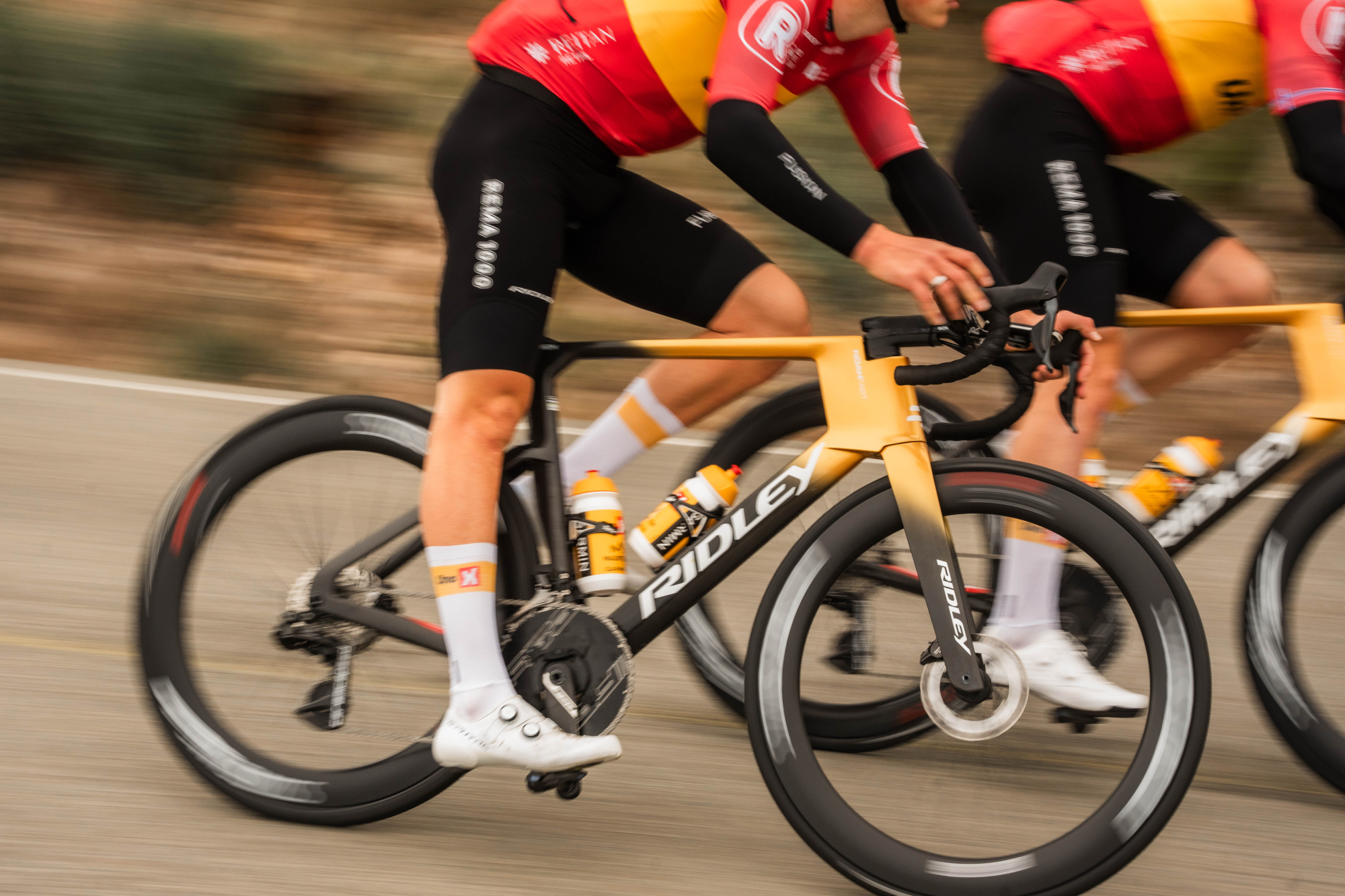
Ridley’s new Noah Fast, which will be raced by the Uno-X team this year, cuts a more extreme silhouette. The head tube is oversized and elongated, while the seat tube angle sits at 76 degrees, again a product of the rule change that took effect on January 1st. The thinking here is that the steeply angled seatpost will allow riders to adopt a lower, more aerodynamically beneficial position. And unsurprisingly it’s been designed with a set of dedicated handlebars, again fully integrated and shaped to reduce the frontal area.
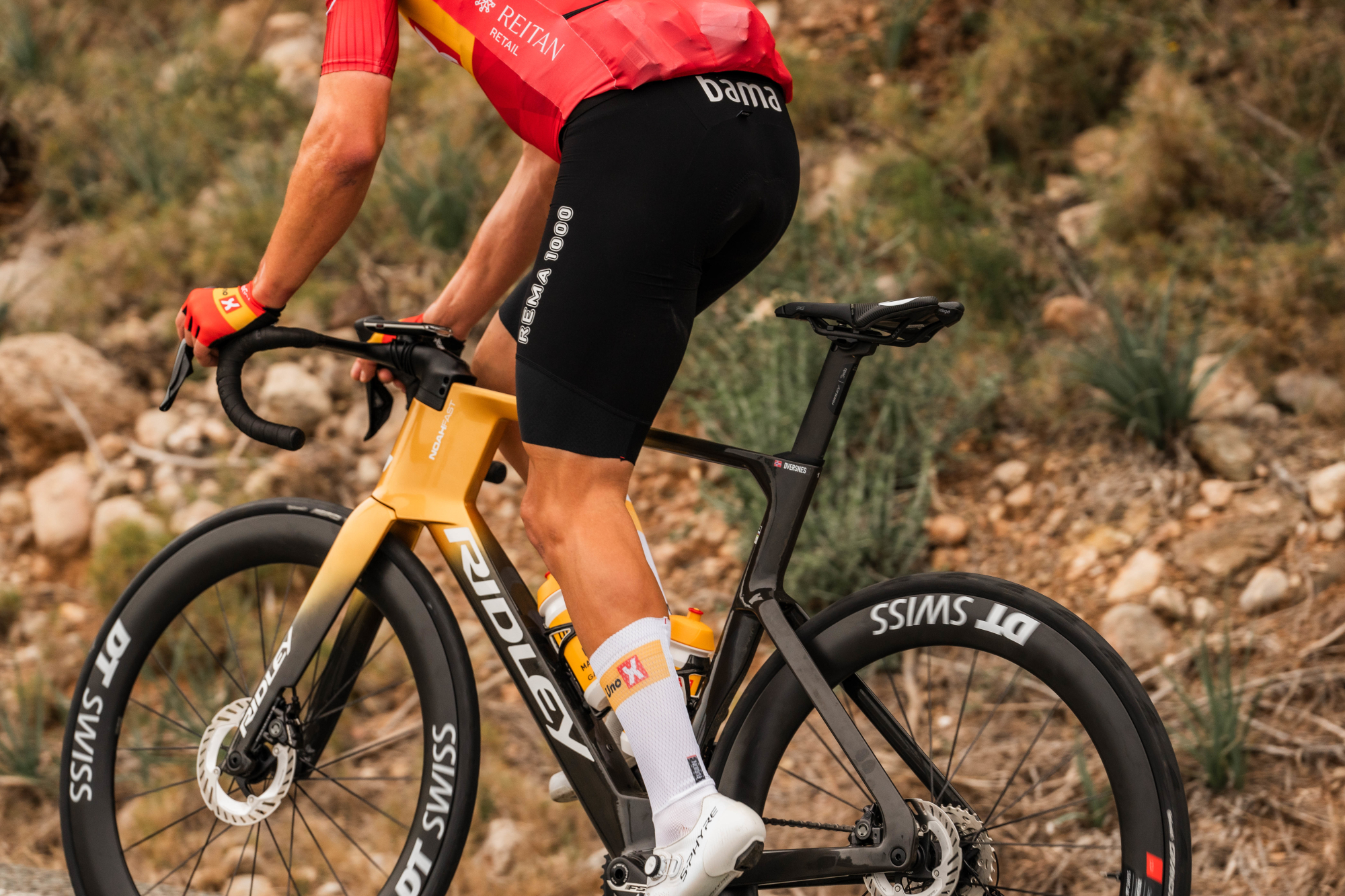
It’s unlikely that these examples will be the last, which will mean greater choice not just for the riders of the professional peloton, but for you, the consumer, as well. So, should you buy an aero bike?
There’s no right answer here. And of course, the choice is yours to make. But it’s worth considering that aero bikes are designed as tools for better racers to exploit. The Colnago Y1Rs is a case in point. Given Davide Fumagali’s comments on the design opportunities the changes in the UCI regulations created for him and his team, it’s likely the bike would have come to fruition without the urging of the UAE Team. But having Tadej Pogačar and crew asking for “something fast for sprints”, can’t have hurt its trajectory from concept to reality. As a result, it’s a bike for the few, rather than the masses.
“I don't think this is the best bike for most amateur riders to be honest, but we cannot stop customers from buying certain bikes,” said Fumagali. “What we did when working on this bike was make it more usable than other aero bikes. So, for high-end amateur riders and above, it is perfect. They will still be able to perceive the difference between this and other bikes.”
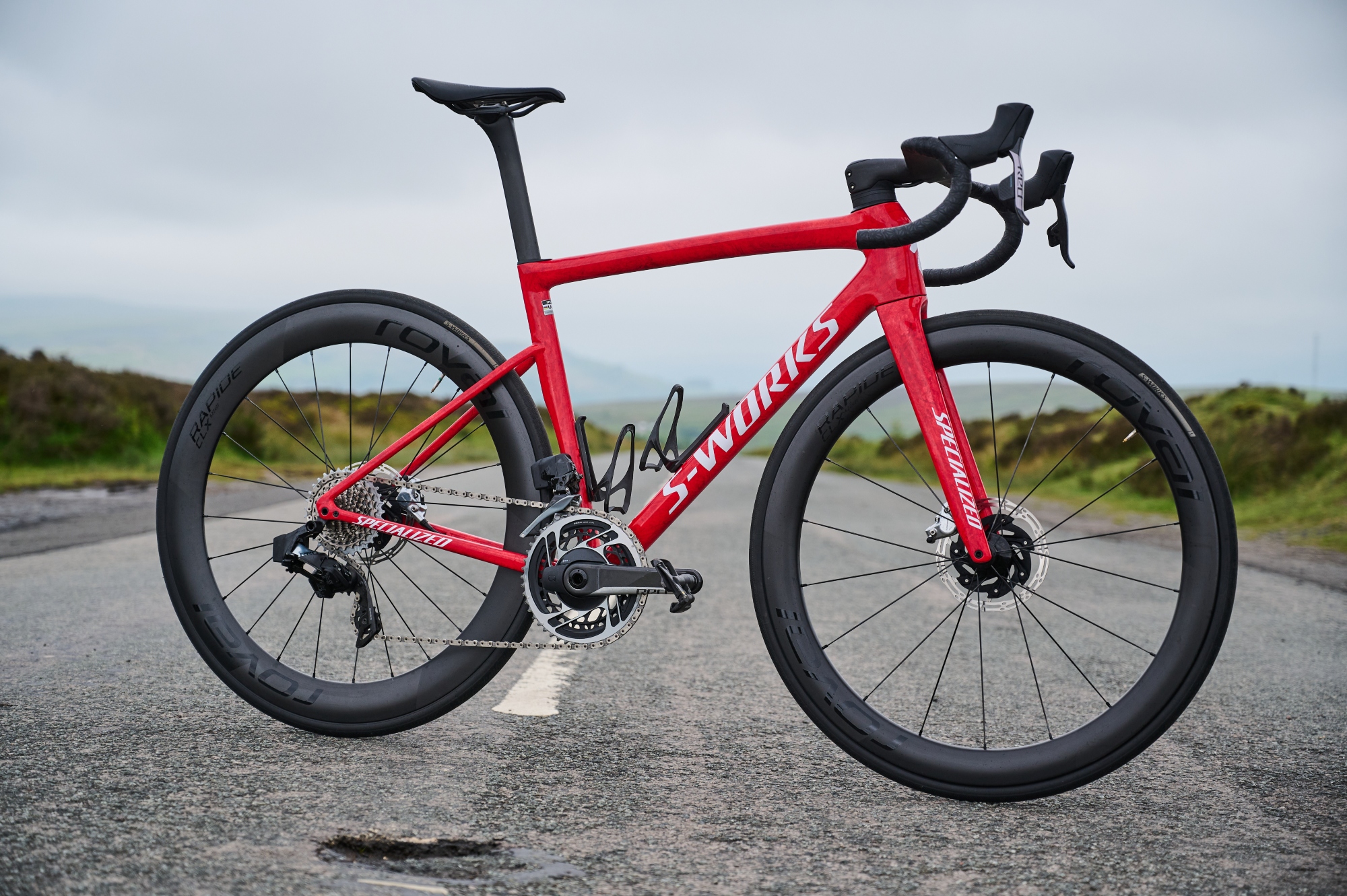
So if you race regularly, especially on flatter or rolling terrain, the advantages a dedicated aero bike brings could well be worth the investment. The improvements in comfort of today’s designs, largely a product of the wider tyre clearances, but also considerations such as the Y1Rs’s seat tube position, mean they are also more user-friendly than their uncompromisingly stiff counterparts of a few years back. The aero bike makes yet more sense if you have the luxury of already owning a versatile race bike and want to expand your line-up.
That said, it’s still a niche product when compared with one of the all-rounders, such as the Tarmac SL8 or the latest Trek Madone, or a ‘climbing’ bike such as the Cervelo R5 or Wilier Verticale. Here you still get the race-orientated geometry but, as they are designed to be adaptable to a wider range of terrain, also greater comfort over longer distances and more agile ride quality in general.
We say
The addition of a few new aero bikes doesn’t quite make for a resurgence. And of course, they never really went away. But for a time the ‘too stiff, too harsh’ criticisms that were often levelled in their direction seemed to echo a tad louder given the greater versatility, and comfort, of the new brigade of ‘do it all’ race bikes. However, the changes in UCI regulations appear to have enabled a readdressing of the balance to a degree, ushering in more compliant aero bikes, as well as faster ones. It should make them more user-friendly, although their primary focus of straight-line speed demands that they are likely to remain an acquired taste, flavoured for the serious racers who can hit the speeds required to save the watts advertised.







